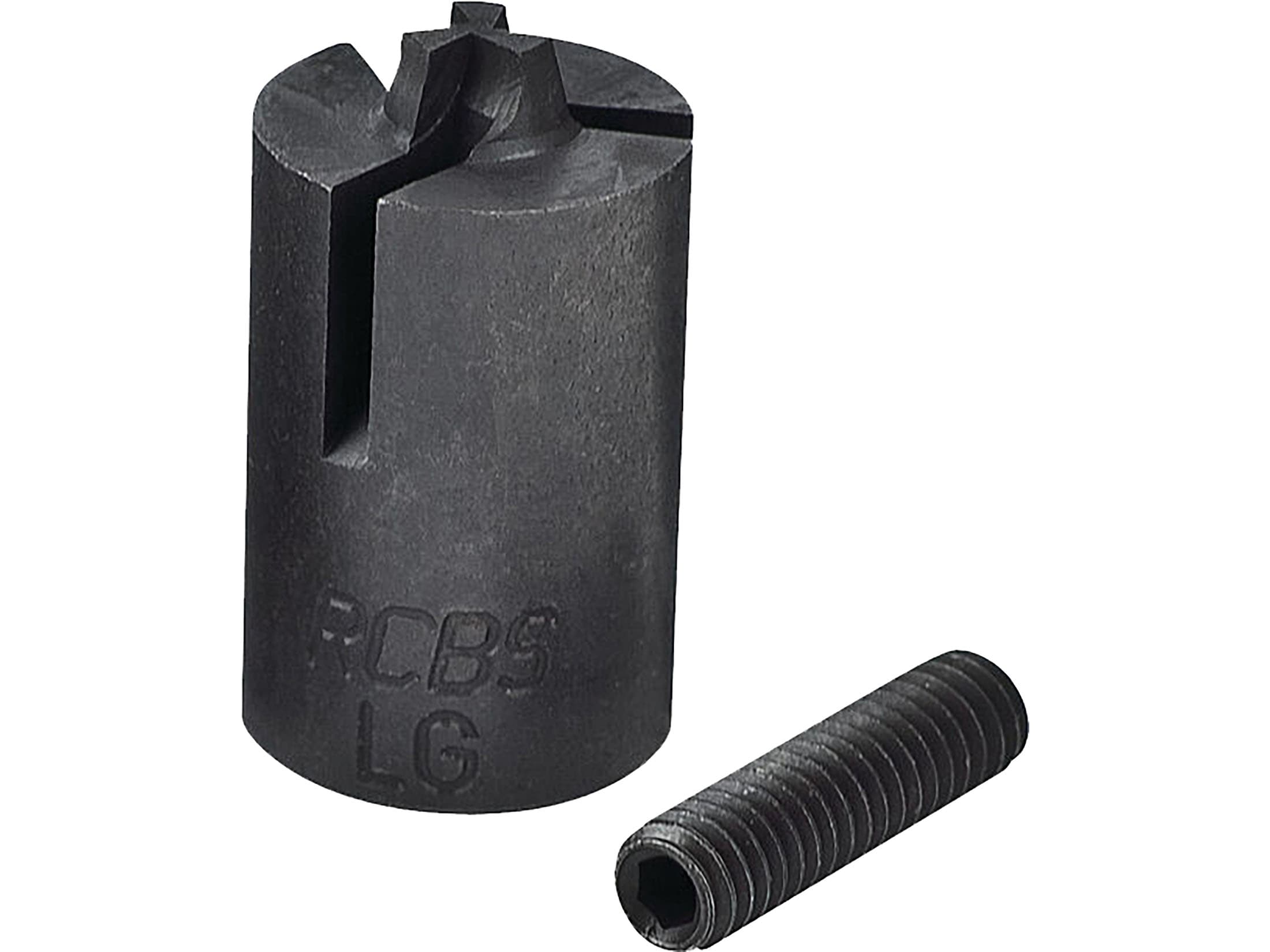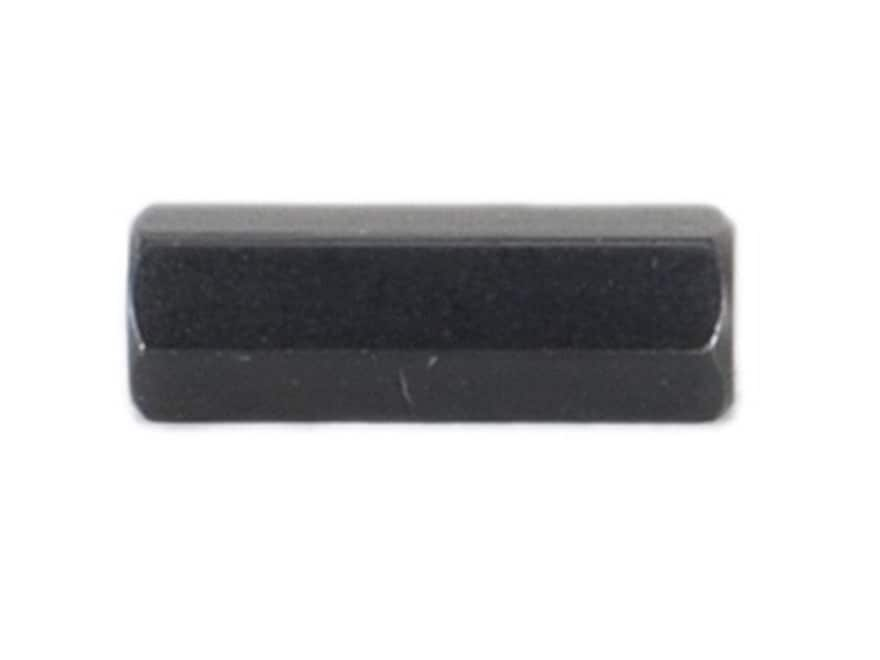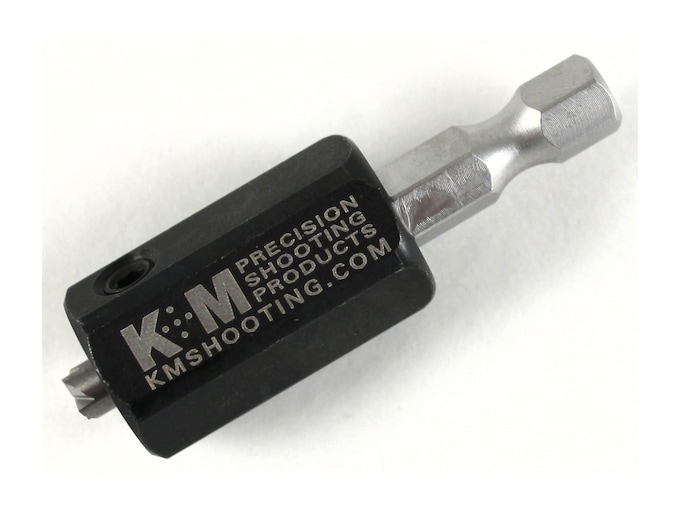What’s the best method? Bushing die or expander mandrel? Have a regular Hornady die with expander button or a Redding type S.
These were not fired in my guns. May use some for bolt gun prairie dog rounds or in gas guns, just a bunch to have around. Most of it is in good shape, some dents here and there.
These were not fired in my guns. May use some for bolt gun prairie dog rounds or in gas guns, just a bunch to have around. Most of it is in good shape, some dents here and there.





